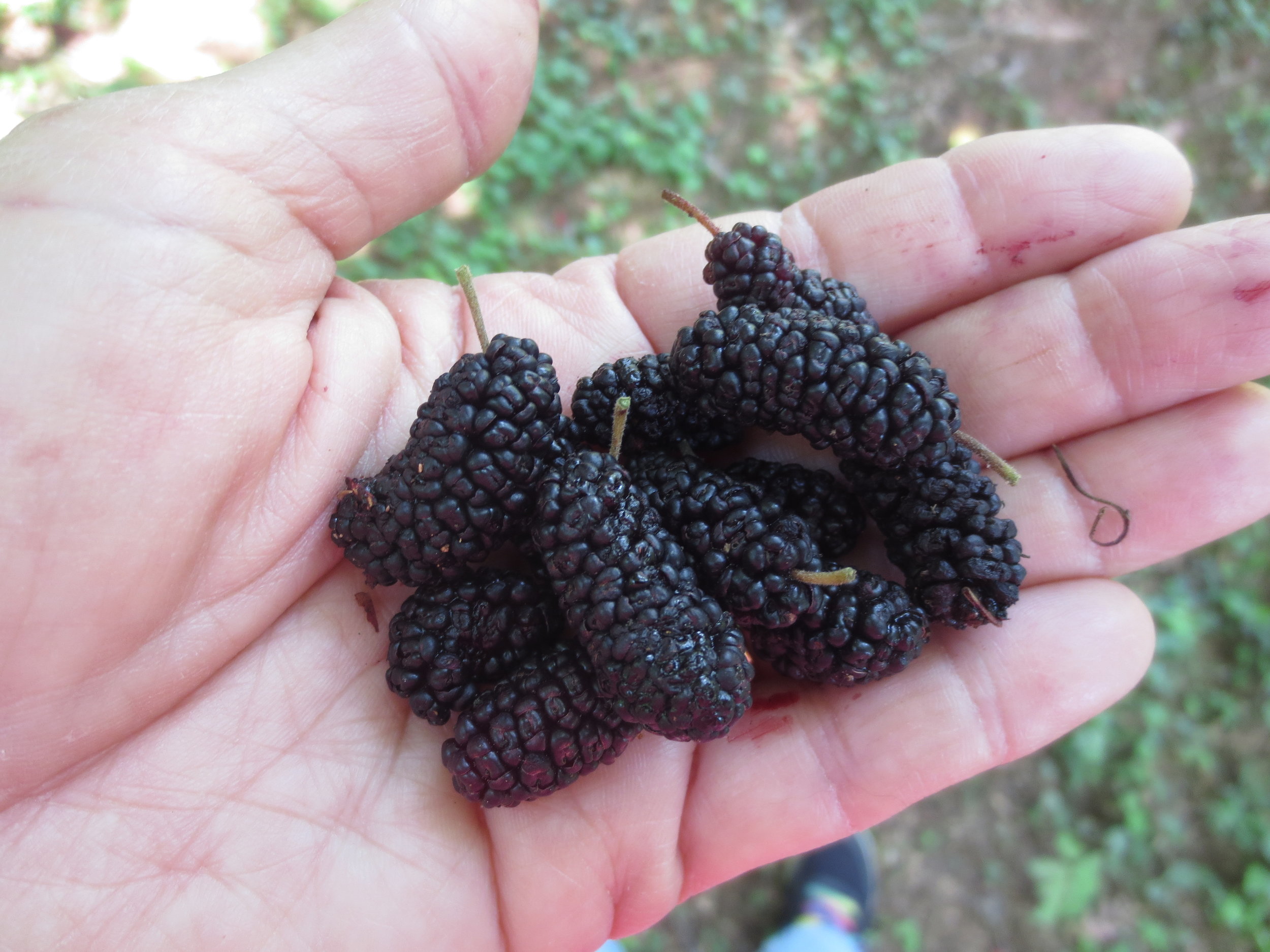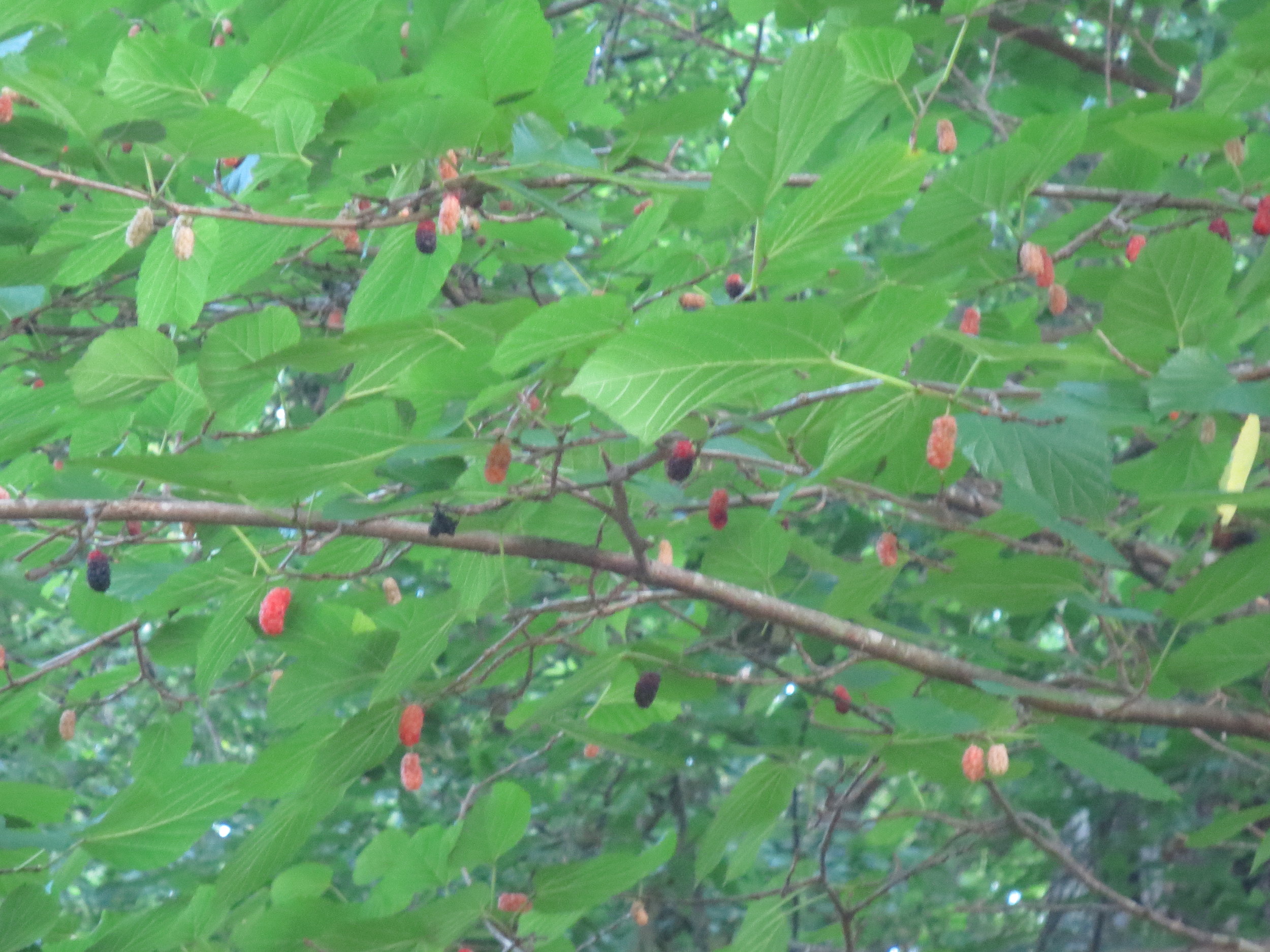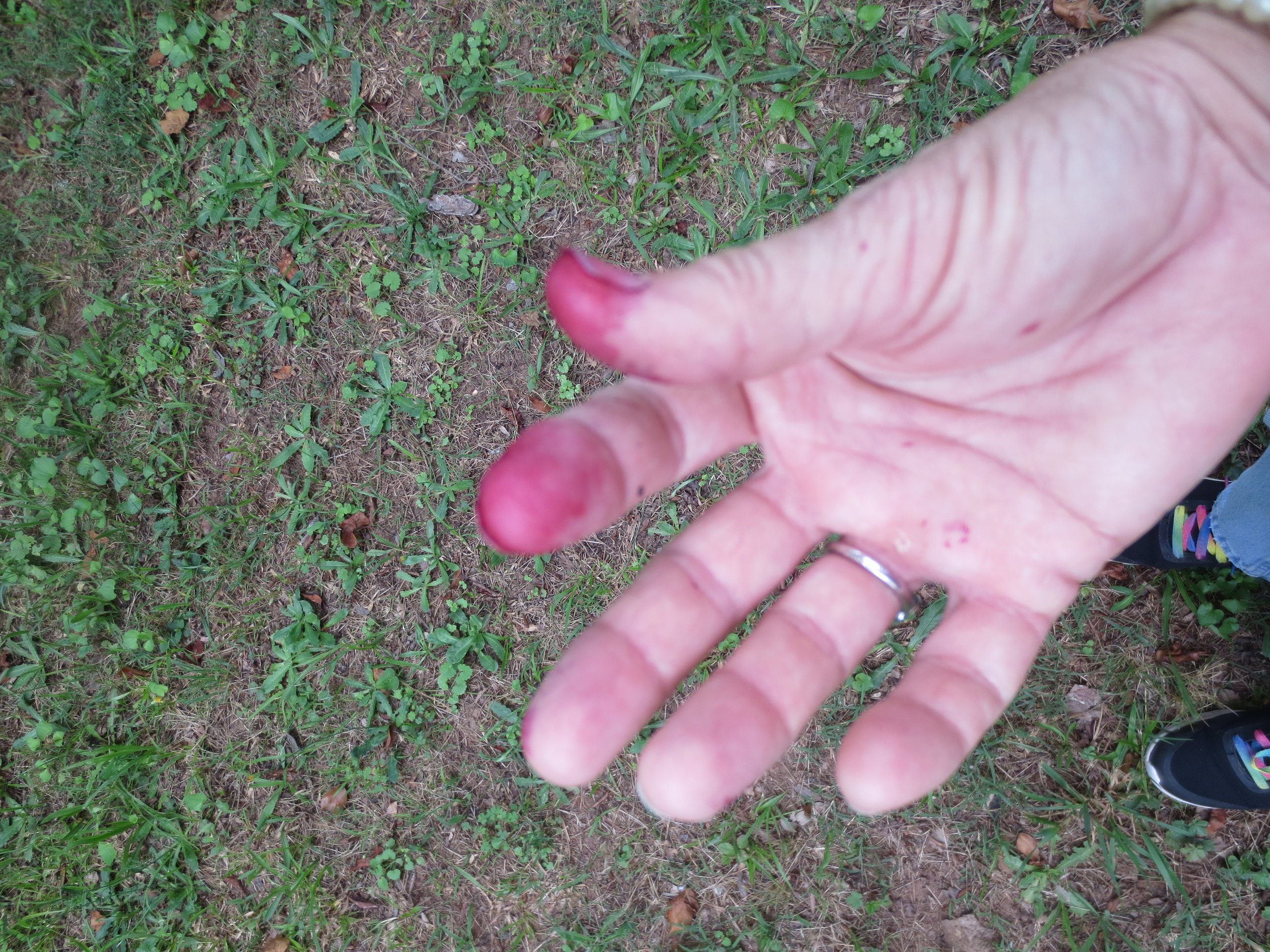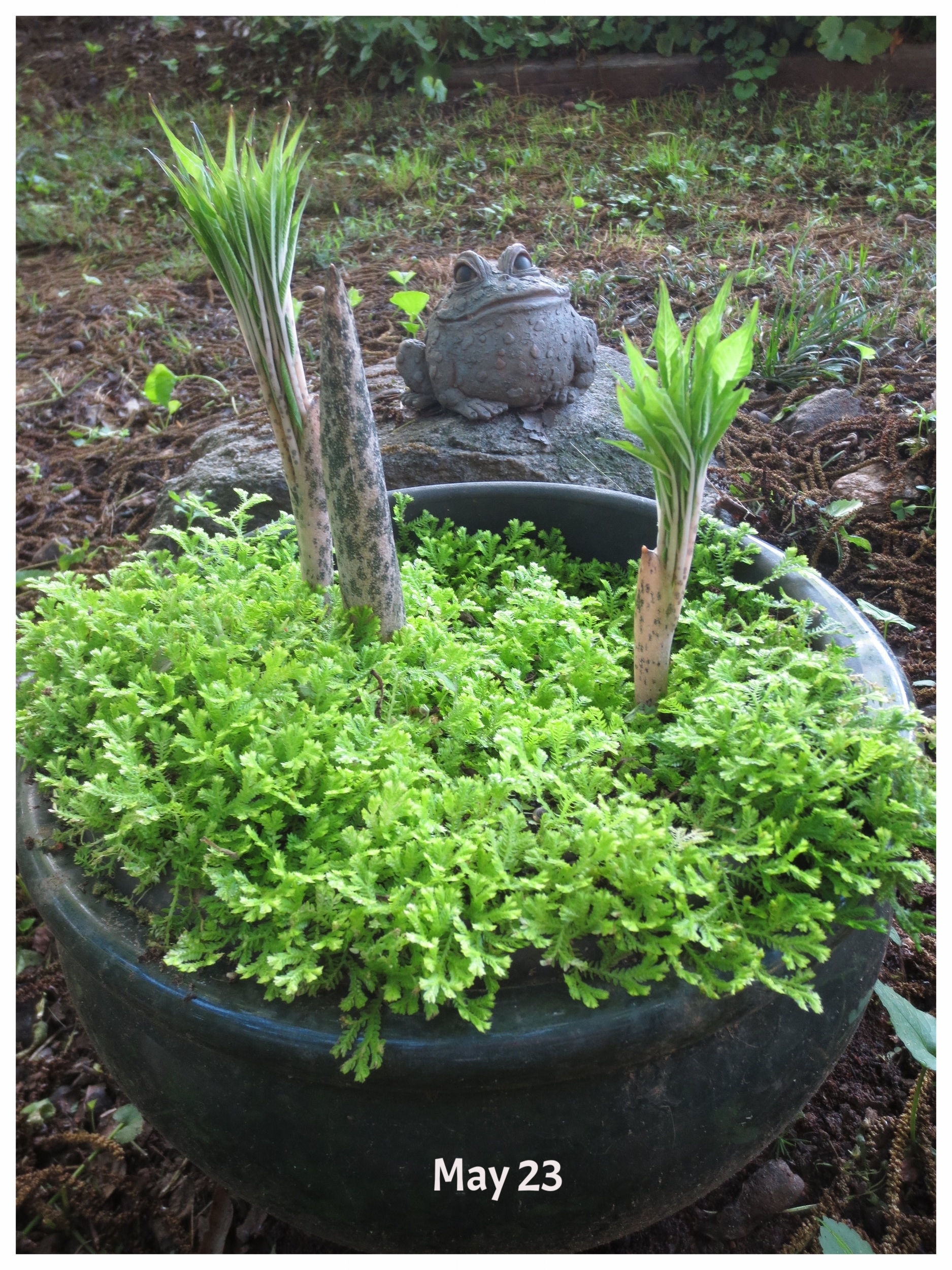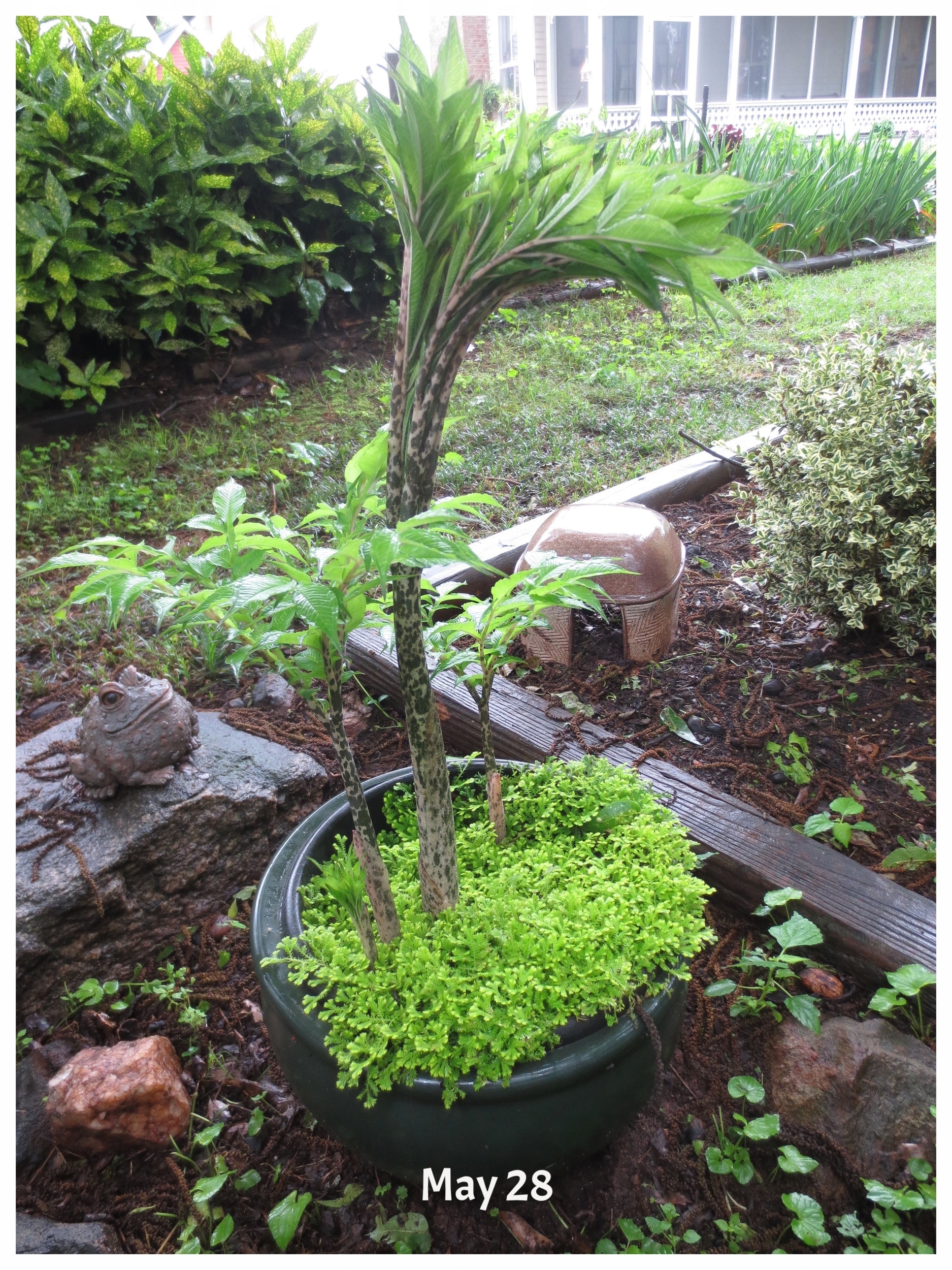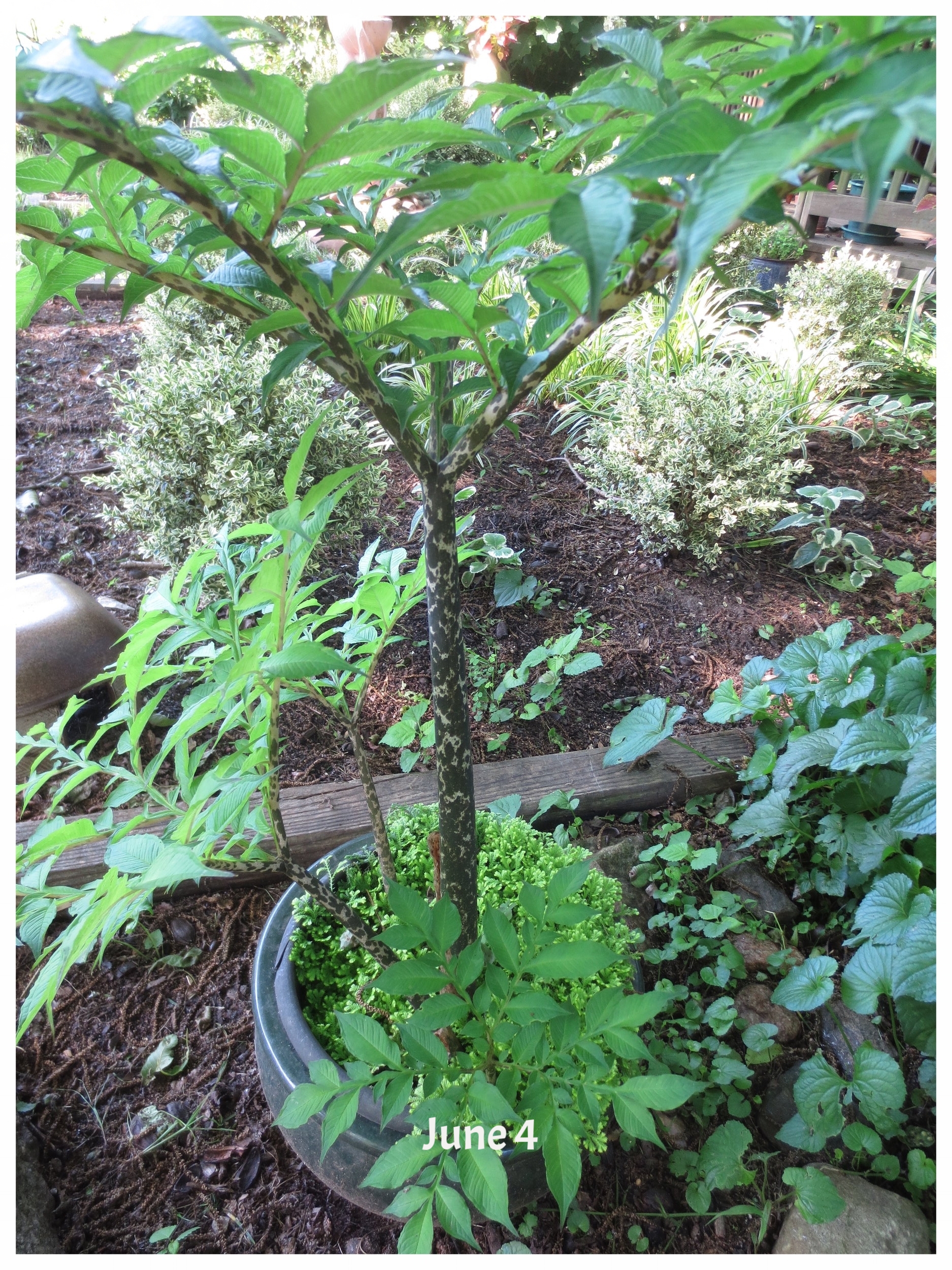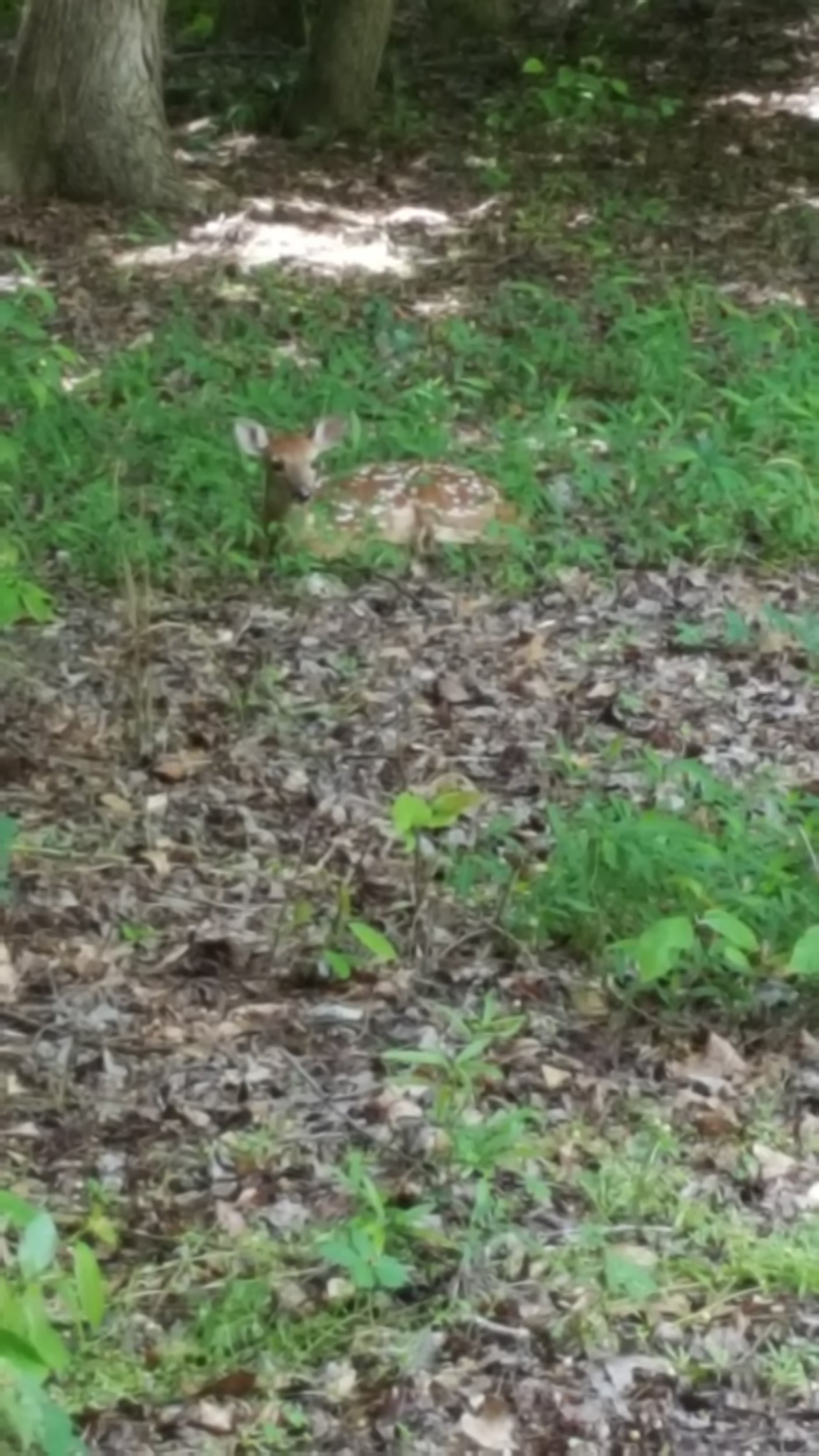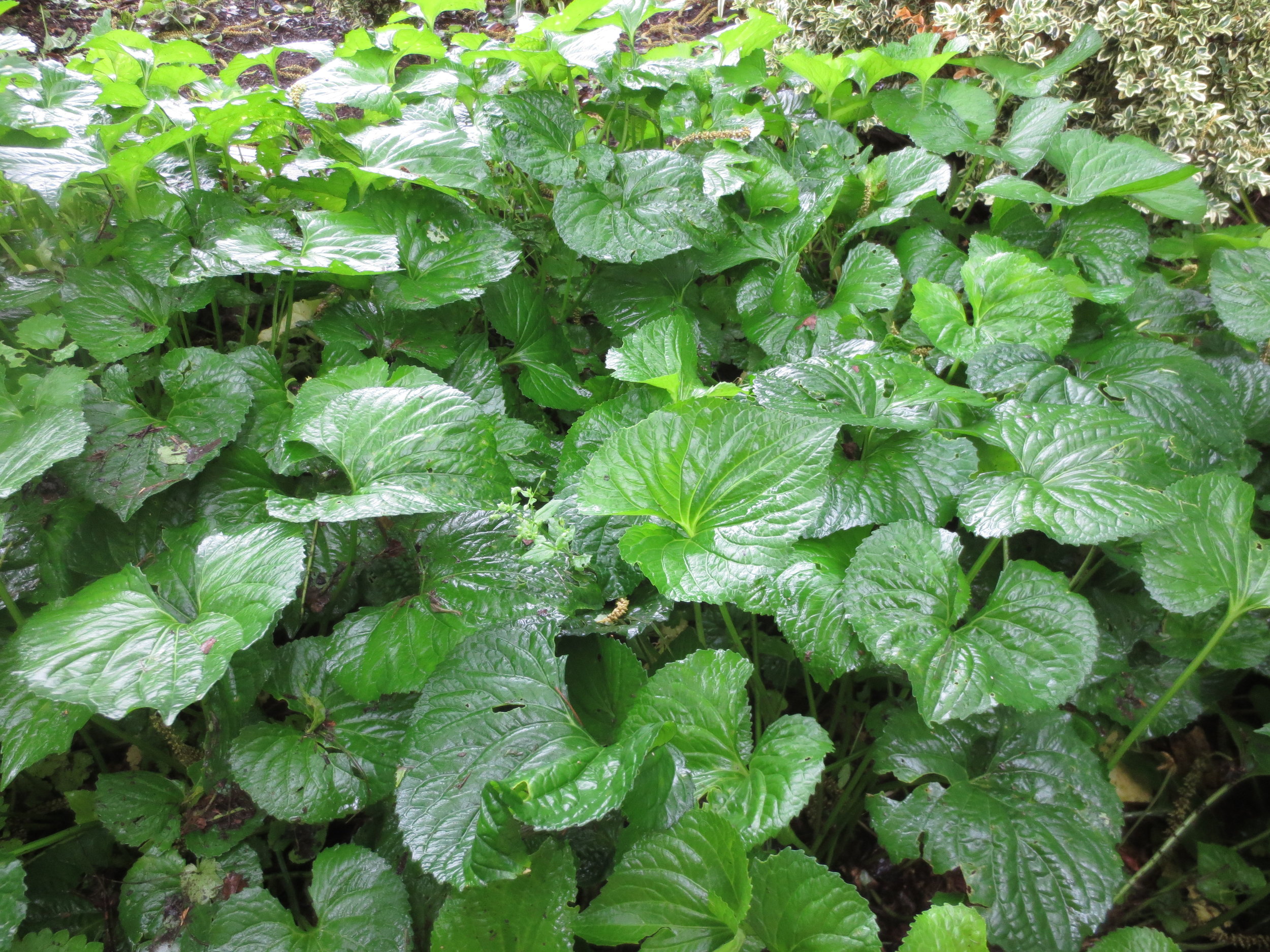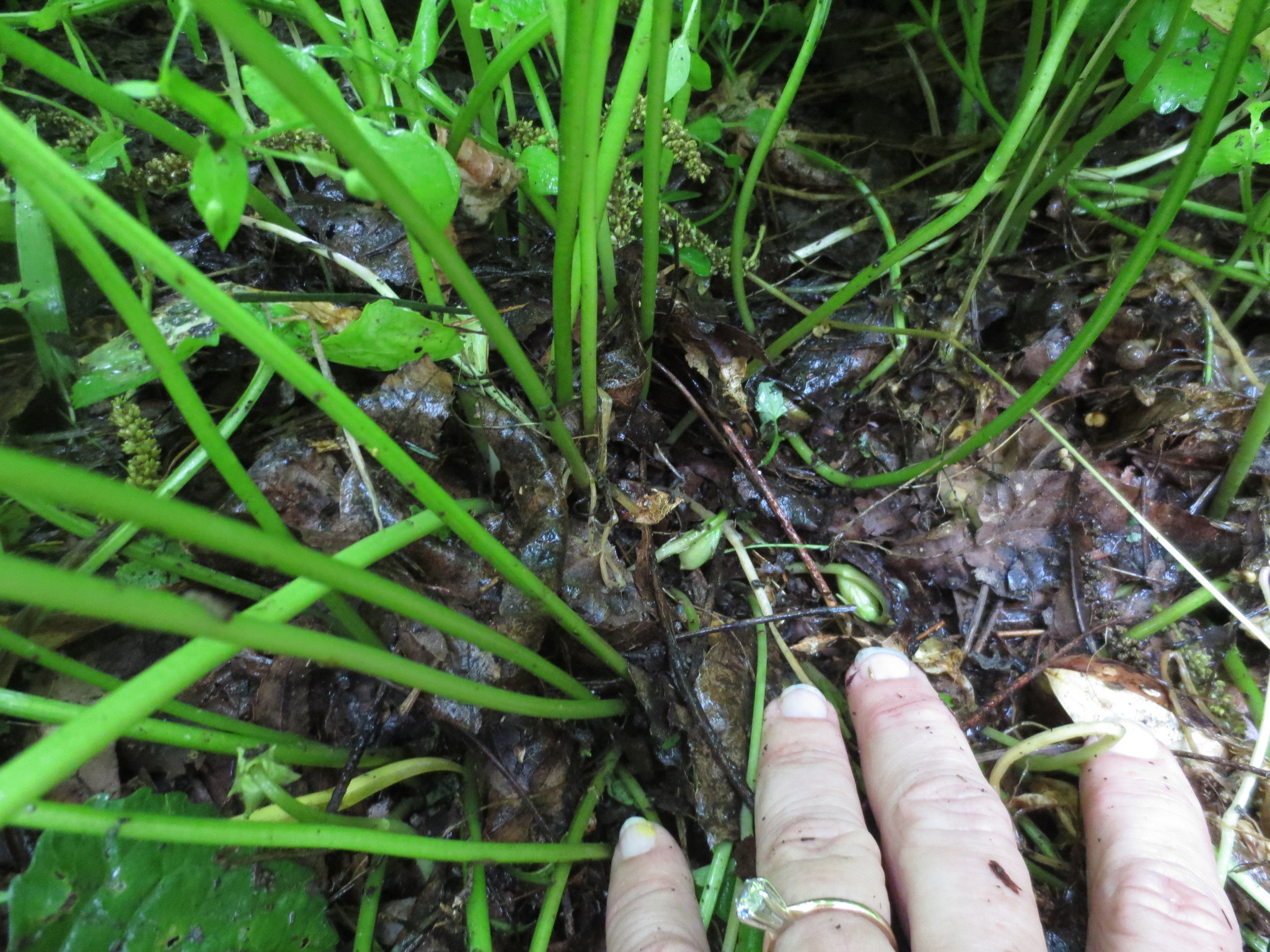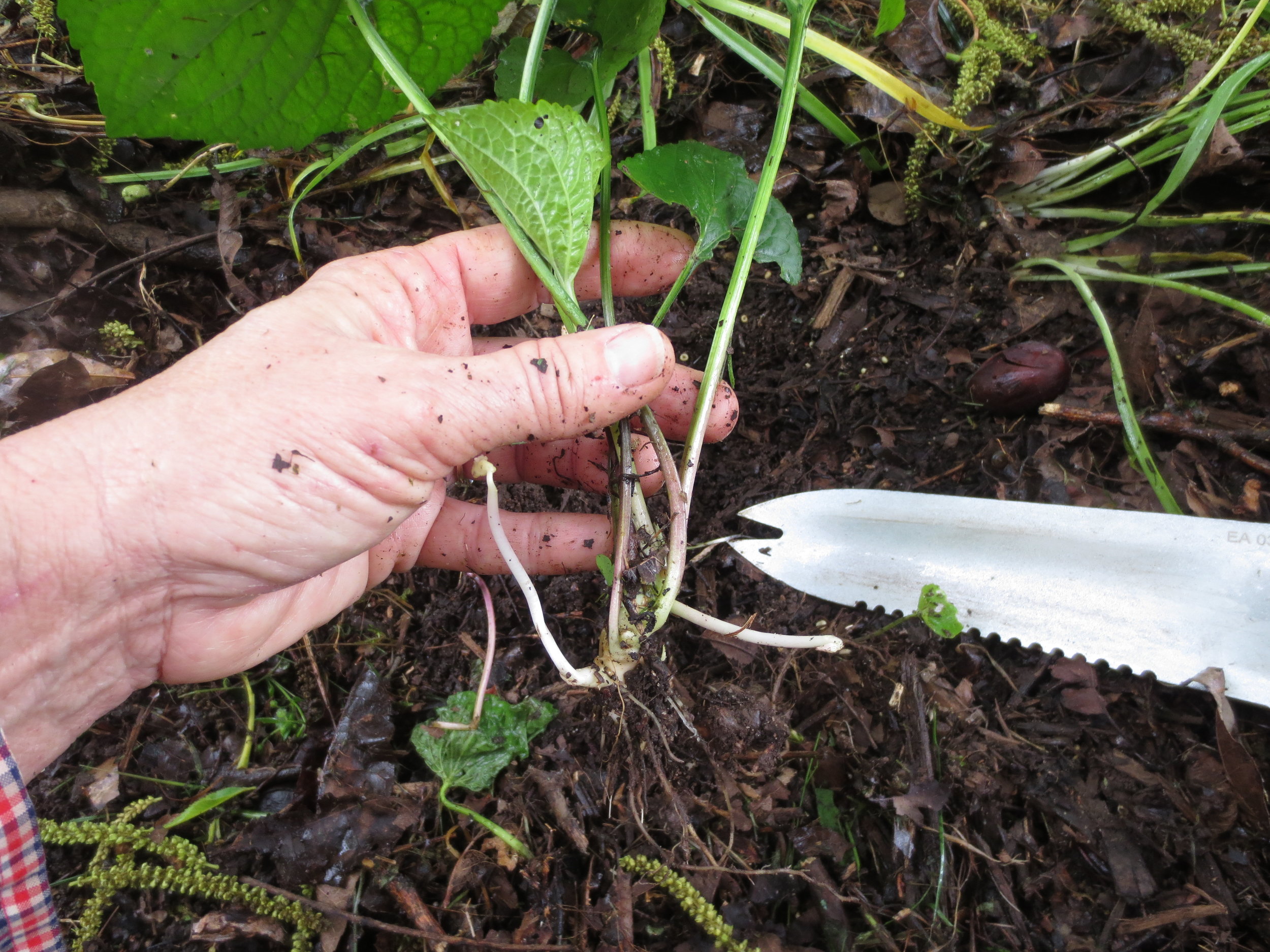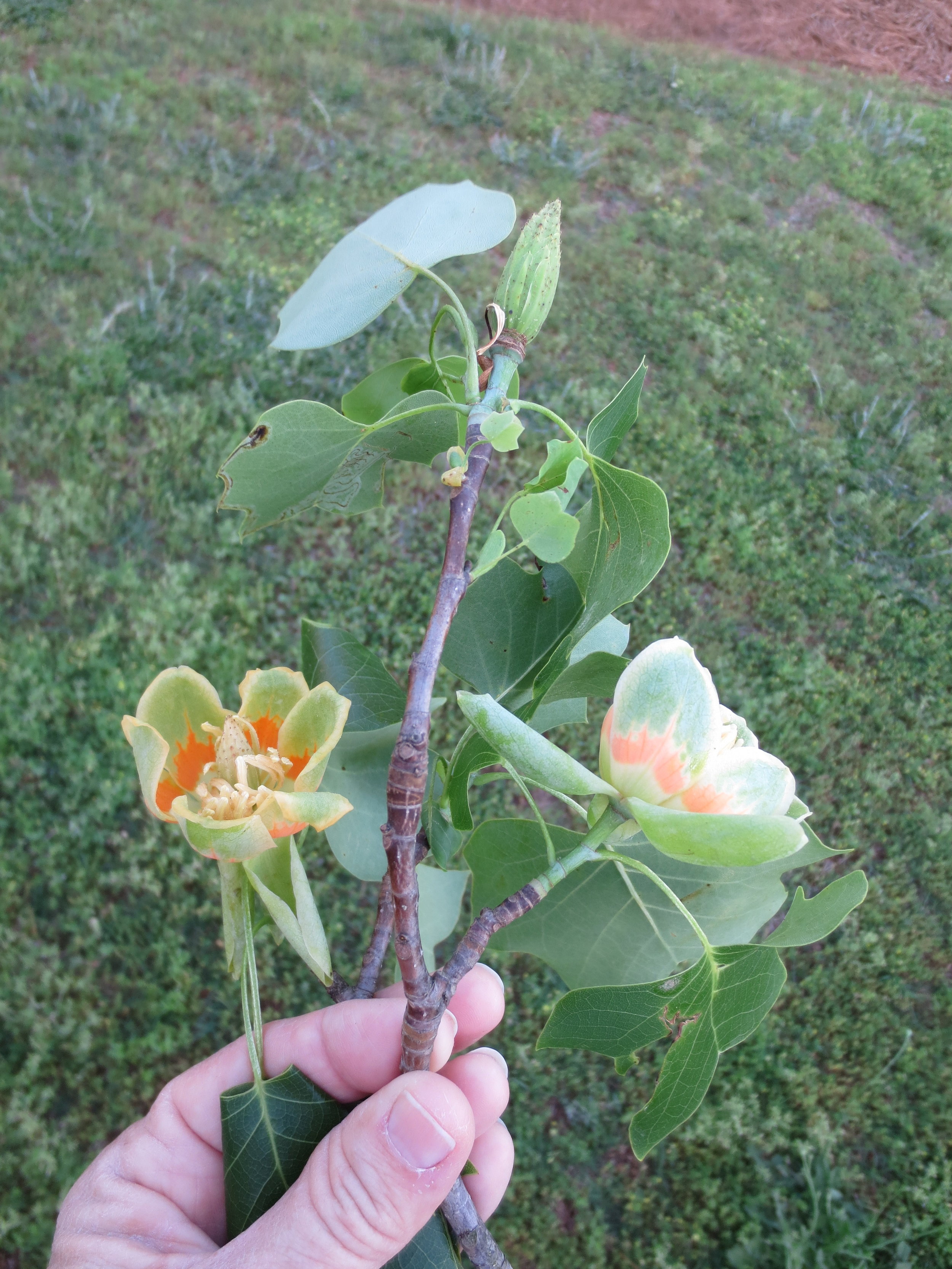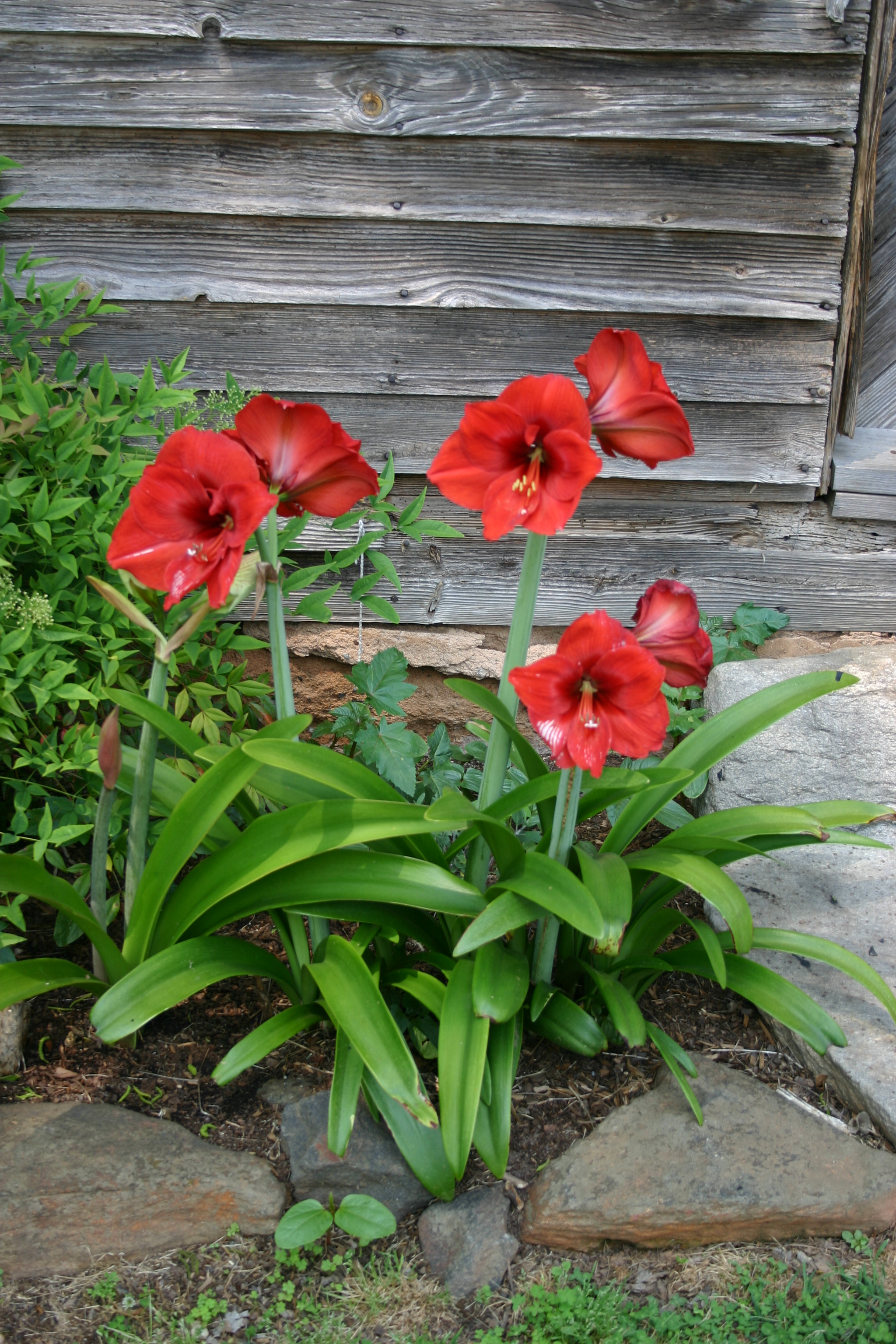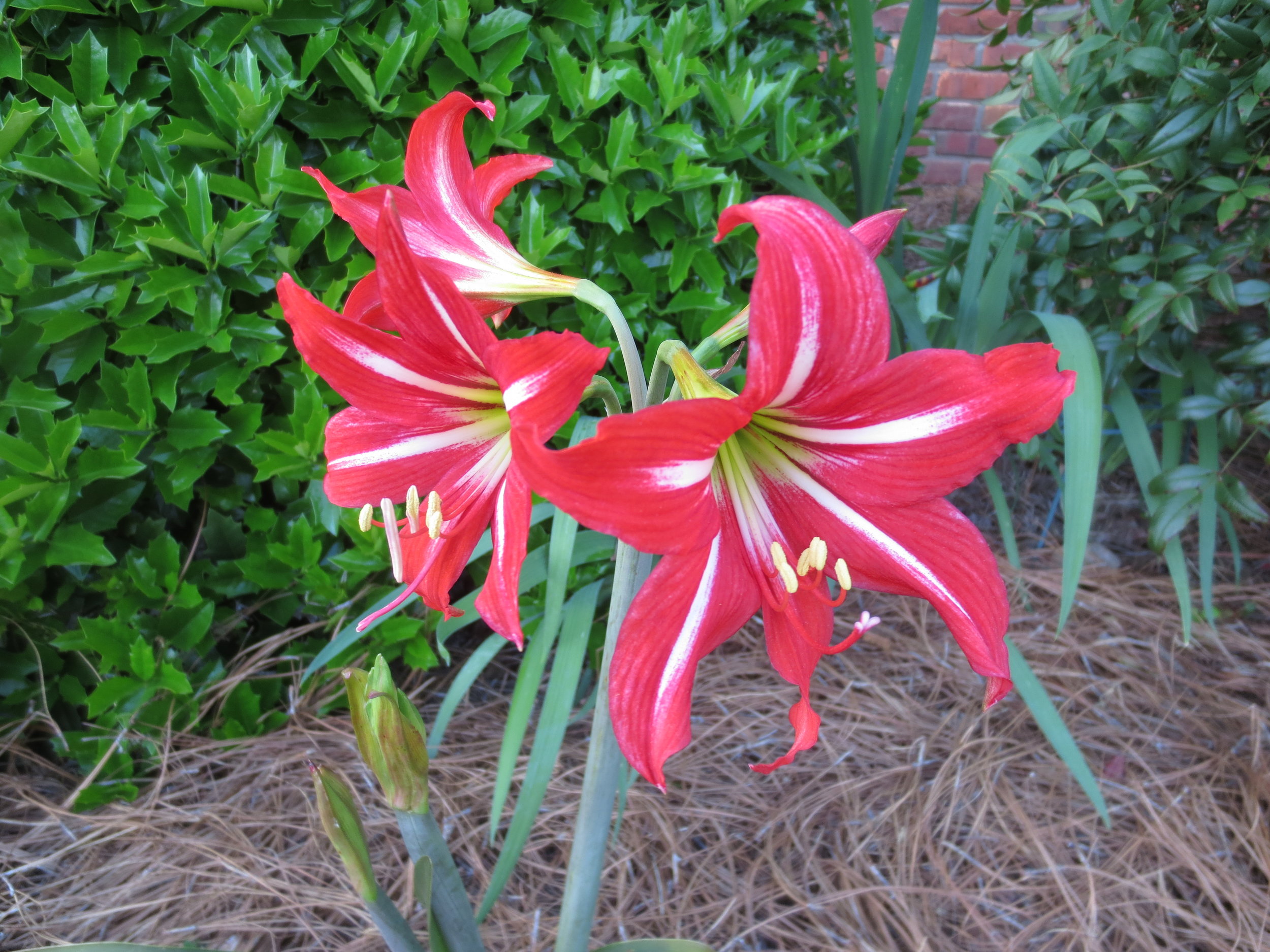Several of you have written and asked how I managed to post last week’s blog from a hospital room. Simple answer: I didn’t.
I use a website creation program called Squarespace. I am able to write my blogs in advance and give them a future release date. When the illustrative photographs span several weeks, I have drafted the text and captured the “before” version. At the appropriate time, I take the “during” or “after” photos and update the original entry. This way I don’t need to dig through hundreds of photos on my phone or camera, trying to find something I captured weeks earlier. I use only photos that I have taken. On the rare case when I use someone else’s photo, I give them credit for it. It is not nice to steal someone else’s photos, and can land you in expensive trouble.
I can send out my articles immediately if I choose, or stack them with future publish dates. With Squarespace, I don’t need to know any website programming language. It is mostly intuitive, and if I cannot figure how out how to do what I want, there are help videos to talk me through it.
Squarespace is only one part of the process. My website is hosted by another company entirely, GoDaddy. All these integrate with MailChimp, a separate paid service that maintains my email list of readers. One of the coolest things about MailChimp is that they refuse to play with anyone who does not have a paid email address. No @aol, @gmail, @msn or other free accounts. The reasoning behind this is that spammers hide behind free email accounts. If you are willing to cough up the cash to have your own email site (mary@marysnoddy.com for me), you are unlikely to be hawking prepaid funeral expenses, Russian marriages or organ enhancements. Isn’t it nice to know that such a service works hard to keep you from being spammed?
With MailChimp, I control what days of the week and what time of the day my blogs arrive in your email in-box. I find it annoying to hear the notification tone of emails arriving at 2am, and my guess is that you do too. (Hello, businesses, are you listening?) I do not send out blog posts on the weekend, either. Nobody wants to arrive at work on Monday morning and find stacks of emails waiting to be opened.
Unless you enter a comment, I don’t know if you viewed my post or deleted it without reading. Most articles contain “tag” words to help people find my info through a search tool like Google or Bing. I can determine if someone has contacted my website through a search, but not the identity of that person. I can also tell if the post was read on a desktop computer, mobile phone or tablet.
The blog process sounds more complicated than it is, although I admit that I had several failed attempts at startup. There is always something new to learn, and I’m enjoying the research I do to share those insights with you. I appreciate your comments and encouragement. If you find the blog content interesting, please consider sharing with your friends. The measure of a blog's success is the number of subscribers.
And just because I love sharing photos, here is a shot of peaches on one of my orchard trees.
Peaches at New Hope Farm
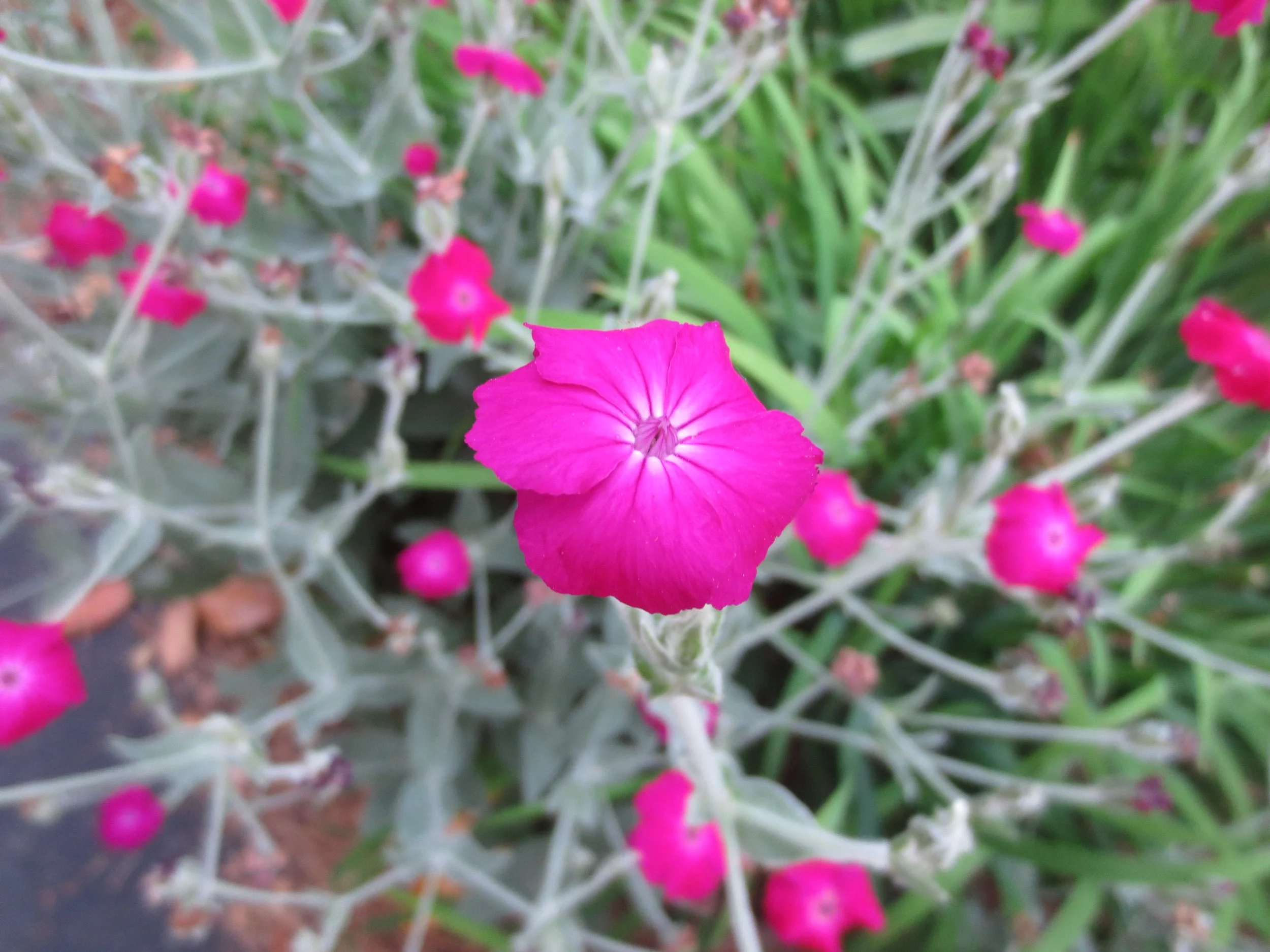

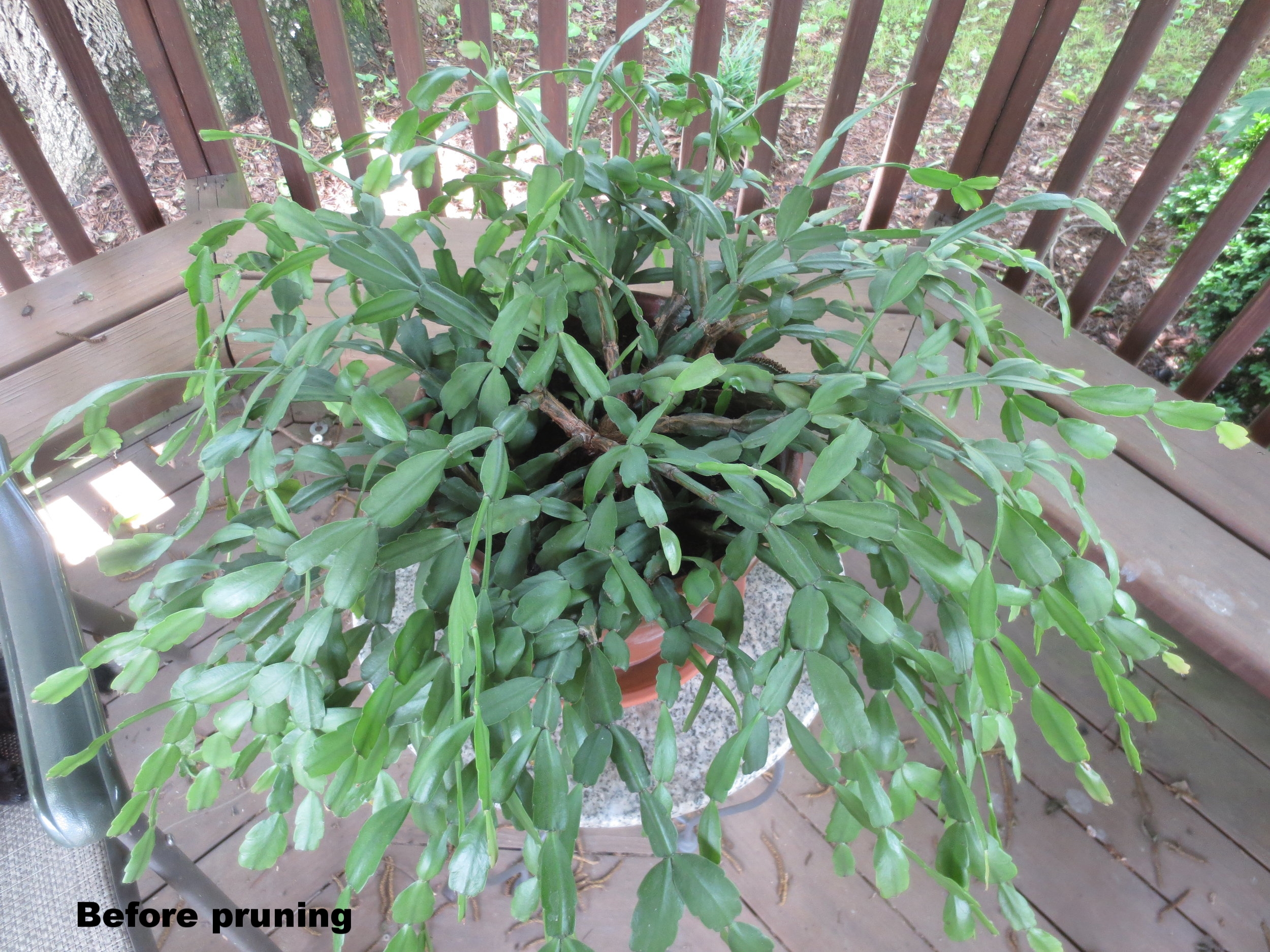
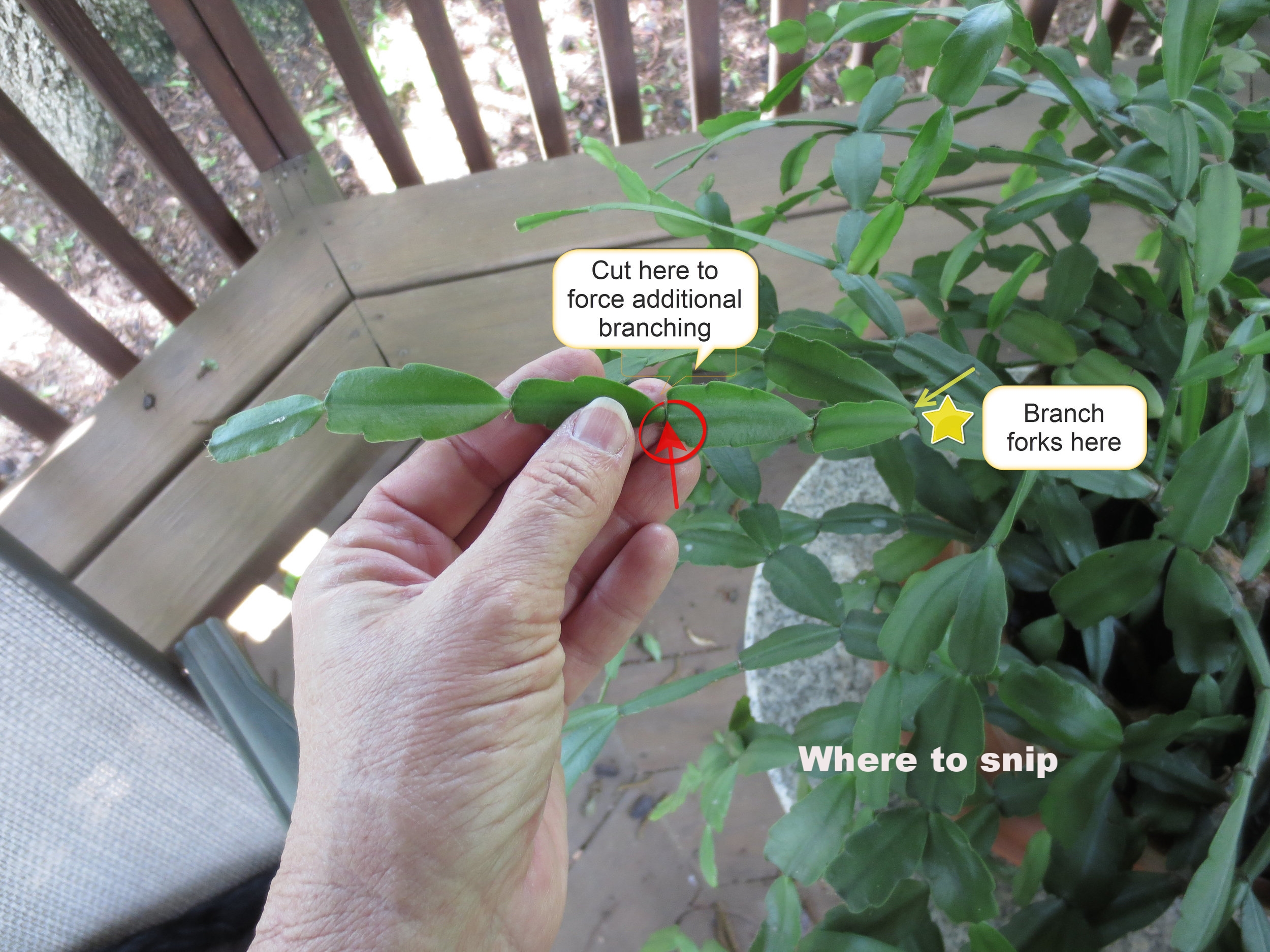
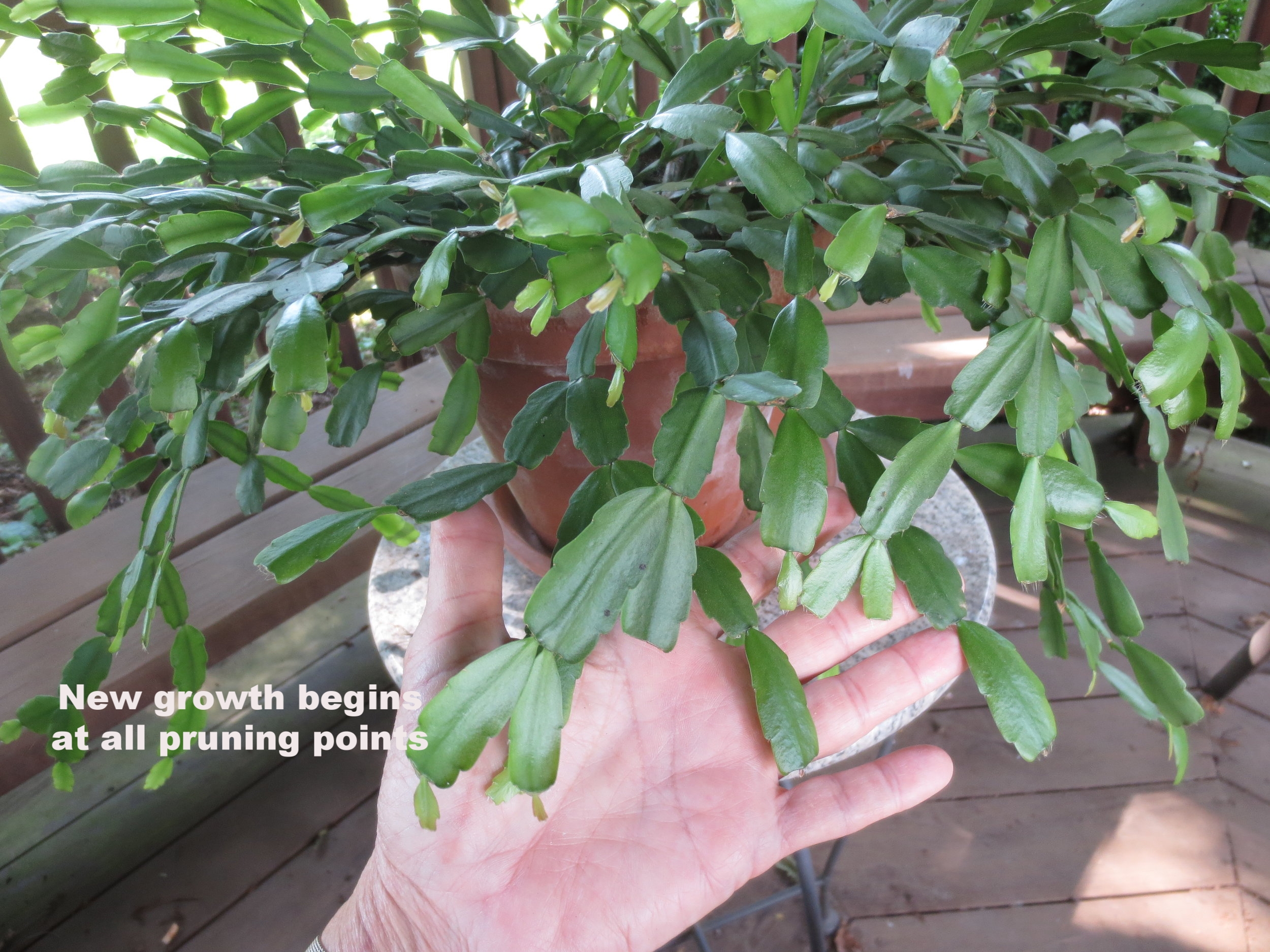



![Kiwi Babies[1].jpg](https://images.squarespace-cdn.com/content/v1/59d4dba48419c263977e98a2/1530116238808-11INU0VYO98XDXCBAZ0A/Kiwi+Babies%5B1%5D.jpg)
